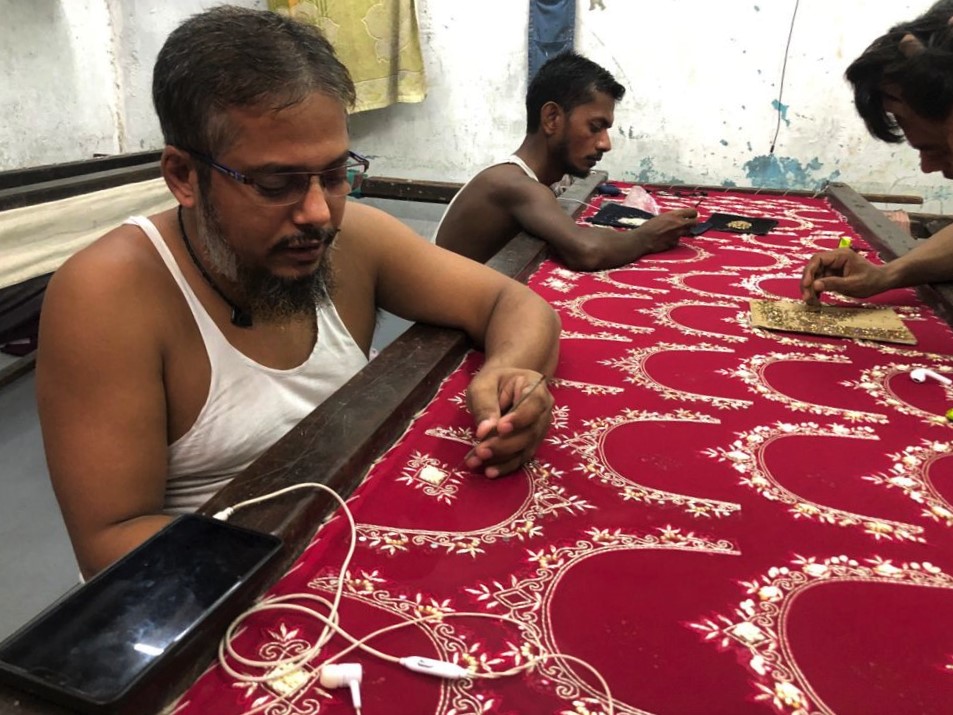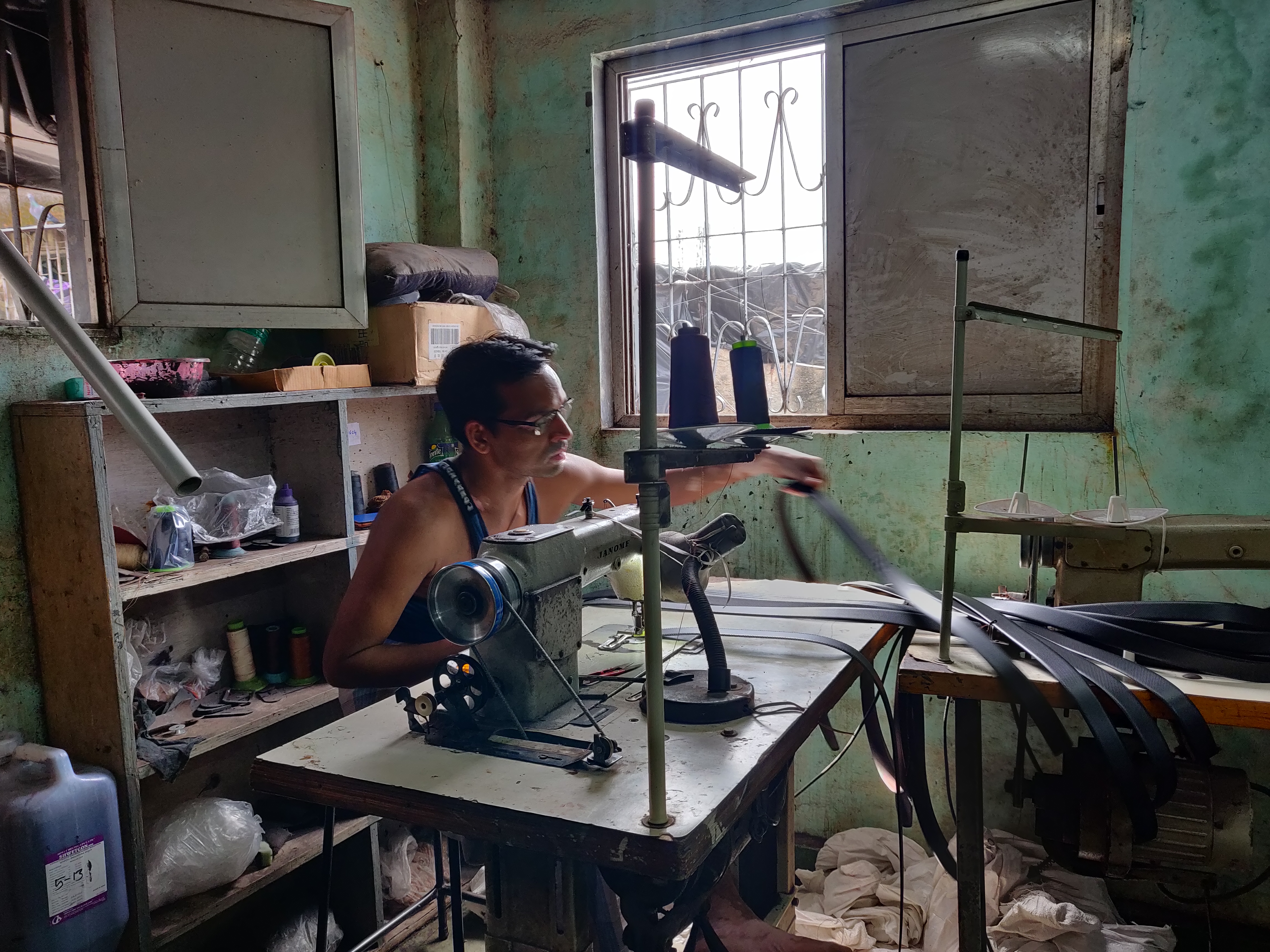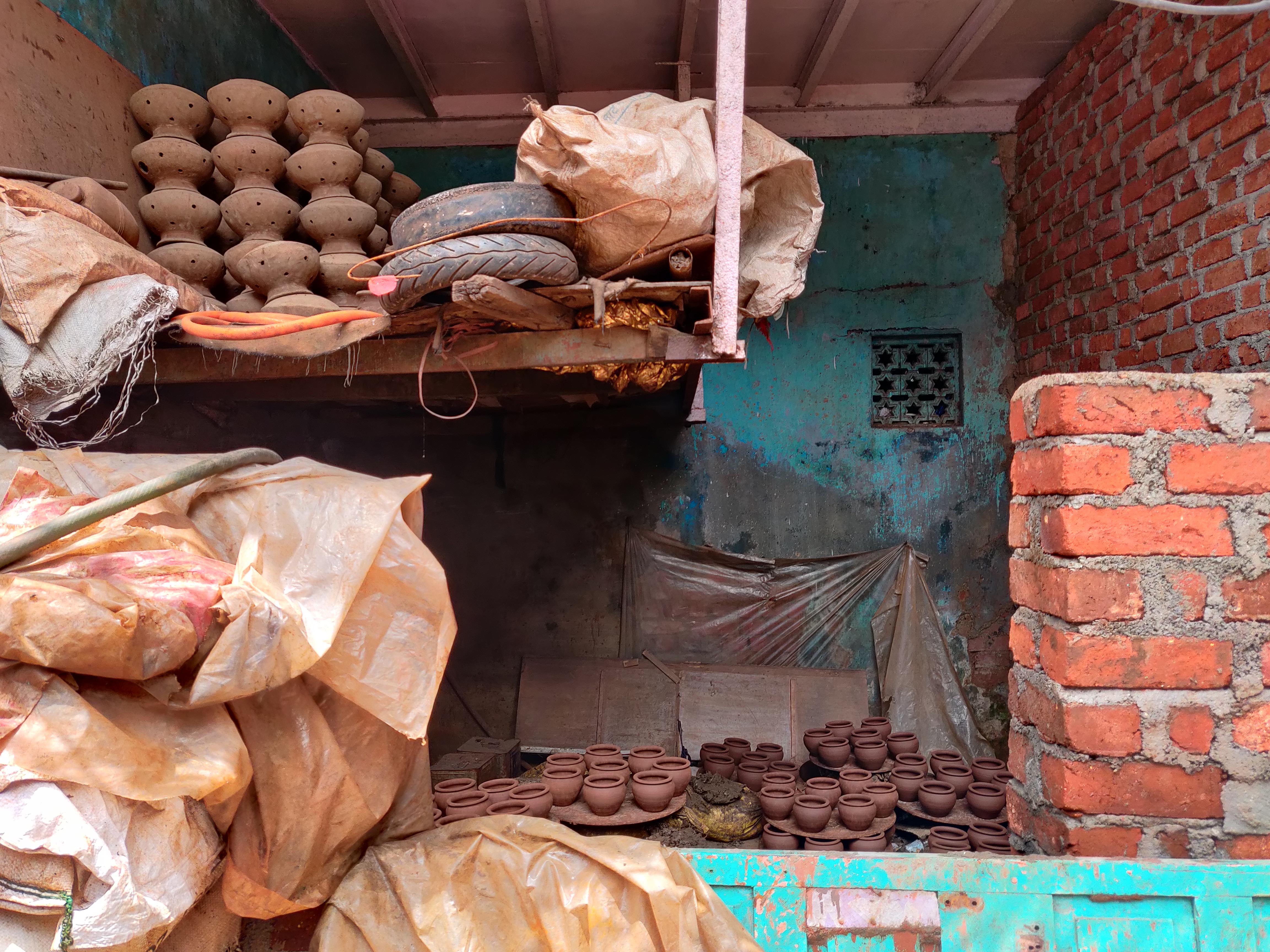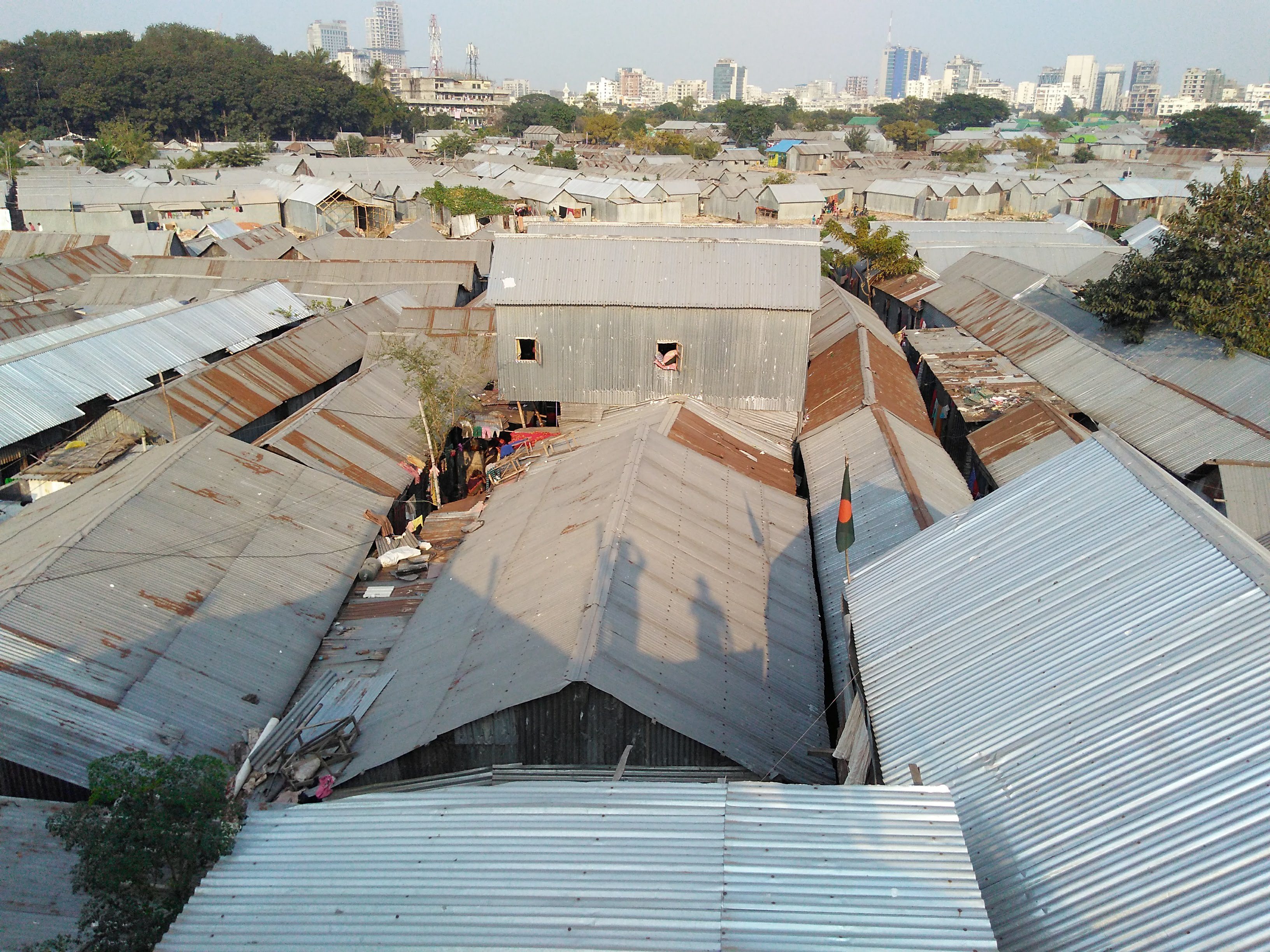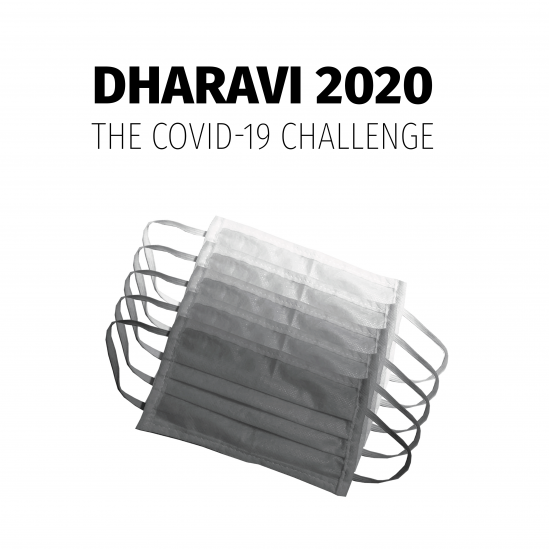26 result(s)
UPDATED: A photo essay narrating the experience of making the model of Afzar Ali’s house in Sangam Gully Dharavi. A G+3 structure designed by Giriraj, a contractor from Dharavi
In the third part of this series, we explored the elaborate process that goes into embroidery (locally known as zari work).
In the second part of this series, we explore two leather workshops near the 90 feet road in Dharavi, to understand where and how all processes in the creation of leather products are carried out.
In a new series, we re-explore the homegrown streets of Dharavi in search of local arts and crafts. First in the series- Dharavi's famous Kumbharwada
Study of the multifunctionality of houses in Sangam Gully through visuals
urbz founders Rahul Srivastava and Matias Echanove reflect on community-driven placemaking in the Indian metropolis.
In this article, we travel to Cape Town in the western capes of South Africa. The homegrown settlements in Cape town have emerged from occupations of underutilized buildings and vacant lands in peripheries of the city. ‘Occupations’ in Cape Town act as points of contact and interaction between homegrown communities, grassroots housing movements, and the city’s planning institutions.
We continue across the border to Karail, a basti (neighbourhood) in Dhaka, Bangladesh to understand homegrown settlements and their formation.
We at urbz researched the circumstances in Dharavi from April to November. We now present a collection of four pandemic-focused articles, fifteen Dharavi Weekly issues, and five Dharavi Fortnightly issues.
Article in The Asian Age about local development initiatives in Dharavi (Mumbai), which urbz supported.

